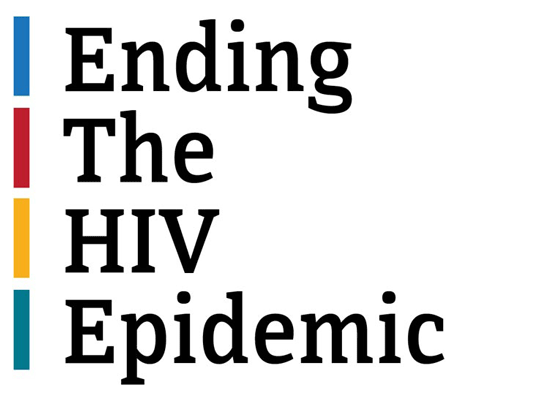NIH Awards Support HIV Epidemic Research Teams Working in U.S. Communities
Cross-posted from NIAID Now blog

The National Institutes of Health has awarded approximately $16 million to support implementation science research to advance the goals of Ending the HIV Epidemic in the U.S. (EHE), which aims to reduce new HIV infections in the United States by at least 90% by 2030.
Approximately $15.2 million of the funds were issued to NIH’s 17 Centers for AIDS Research (CFARs) and to the National Institute of Mental Health’s five AIDS Research Centers (ARCs) for 36 new, one-year awards. Of those awards, 15 will aid in the development of research projects to address needs identified by EHE teams working in local communities. The teams will leverage existing, effective tools to diagnose, prevent and treat HIV in EHE’s priority communities.
An additional 21 awards will support projects that address social and structural determinants of HIV using intersectional framework. Intersectionality provides a lens to examine how multiple disadvantages come together to create systematic differences in HIV testing, prevention, treatment and care, specifically in communities substantially impacted by HIV.
Funding has also been awarded to continue providing implementation science expertise through the existing five EHE implementation science consultation hubs and the Implementation Science Coordination, Consultation, and Collaboration Initiative (ISC3I). Each hub will support these 36 EHE projects with technical assistance, coaching, training and consultative services. ISC3I will provide infrastructure for collaboration and best practices for HIV implementation science.
The remaining $800,000 will support the final year of two-year awards made in 2020.
A complete list of the 2021 awards is available online.
The projects are a collaborative effort of CFAR/ARC investigators, local implementing partners and community groups in priority areas targeted by the Ending the HIV Epidemic in the U.S. initiative. These areas include the 50 counties and cities with the highest rates of HIV and seven states with high rates of HIV in rural areas. Partnership with communities is critical to developing locally relevant interventions that meet a community’s unique needs. Within these geographic areas, researchers and community partners will investigate how to best deliver evidence-based interventions and services for populations that face a disproportionate risk of HIV, including Black and Latinx populations.
The CFARs are co-funded and managed by 11 NIH institutes, NIH’s John E. Fogarty International Center and the NIH’s Office of AIDS Research.